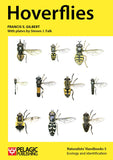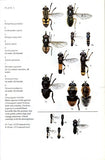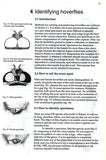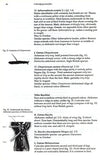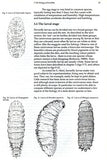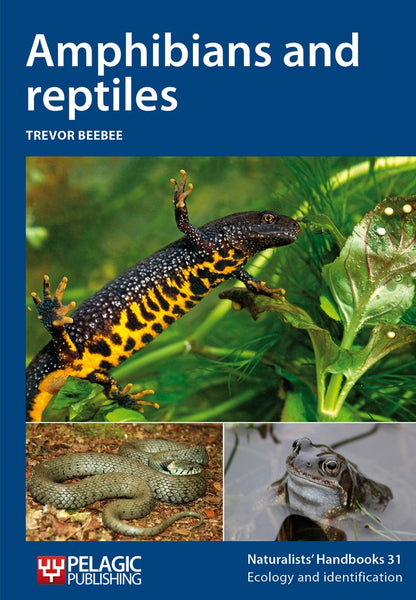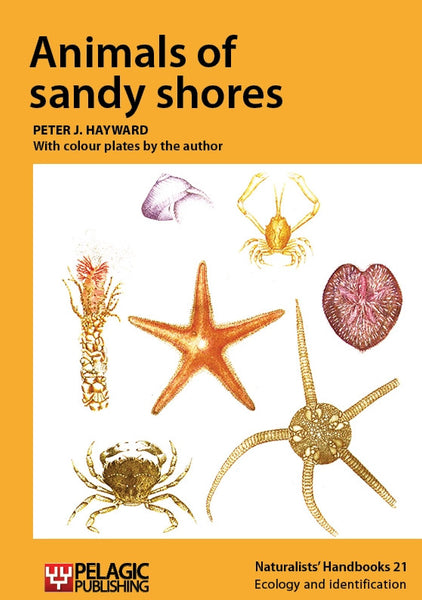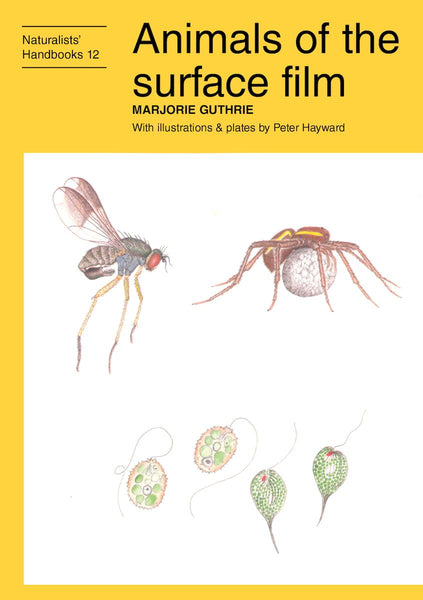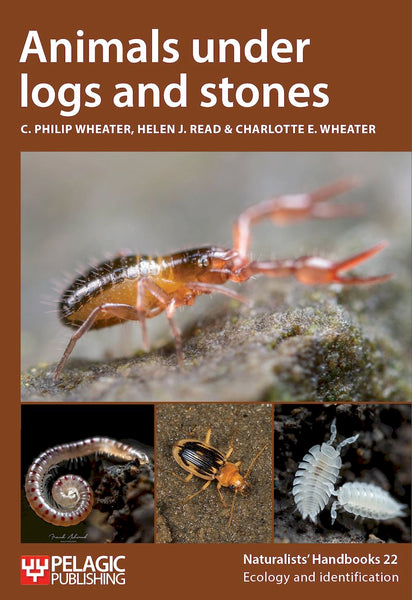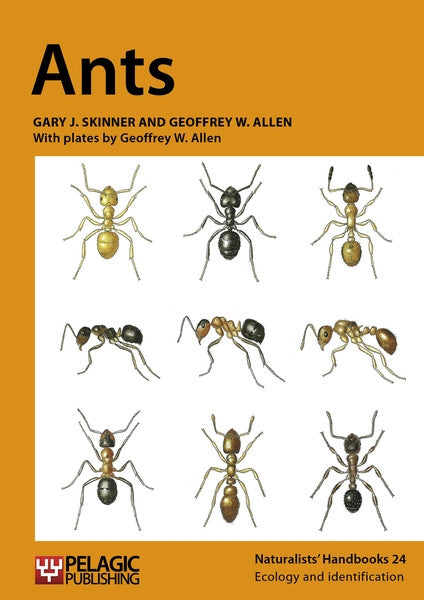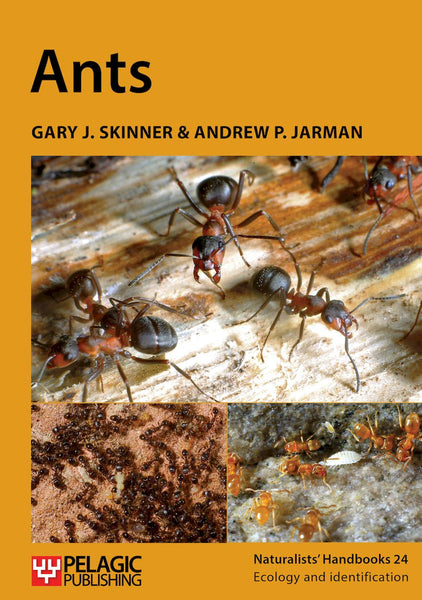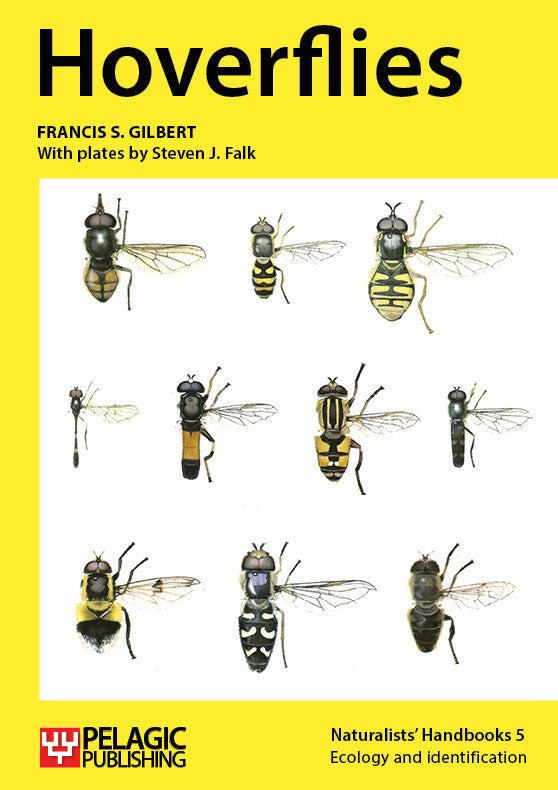
Hoverflies
- diptera
- entomology
- hoverflies
- identification
- insects
- syrphid flies
- syrphidae
- taxonomy
Description
This Naturalists’ Handbook book covers the natural history, biology and identification of the hoverfly. It will enable anyone to identify the most common hoverflies of the British Isles, providing practical guidance for methods of identification, advice on techniques and approaches to research for those wishing to plan an investigation or seeking advice on how to carry it out.
The text is accompanied by clear and detailed illustrations, and references, further reading and useful addresses are included. It is a comprehensive, user-friendly resource for students, professionals, or anyone with an interest in the natural history of the hoverfly.
Hoverflies are attractive, conspicuous and lively insects often seen visiting flowers. Their larvae are colourful but usually well hidden, emerging at night at feed on aphids or greenfly. They play a significant part in the biological control of crop pests. This book introduces the natural history of hoverflies with a thumbnail sketch of 42 of the species most likely to be found. It describes the biology and behaviour of the larvae, with their wide range of different diets, and discusses the tiny wasps that may parasitise them. In the adults, particular attention is paid to courtship behaviour and egg-laying, as well as flower-feeding. Selected species can be matched against the colour pictures, and their identification confirmed by a short list of critical characters.
This book is a digital reprint of ISBN 0-85546-255-8 (1993).
Naturalists’ Handbooks encourage and enable those interested in natural history to undertake field study, make accurate identifications and to make original contributions to research.
Readership
Sixth-form, undergraduate, postgraduate, field centre, ecological consultant, wildlife trust, conservation volunteerTable of Contents
Introduction
Some old friends
The biology of hoverflies
Identifying hoverflies
Techniques
Appendix
Some useful addresses
References and further reading
About the Author
Francis Gilbert is Professor of Ecology at the Univeristy of Nottingham. He studies the evolution of ecological and behavioural attributes of organisms, mainly in the field. He is particularly interested in the evolution of life histories and mimicry in insects, coevolution between plants and insects (especially in pollination), and in the importance of habitat fragmentation to populations and conservation.
Bibliographic Information
 96 pages
96 pages - B/w illustrations
- | 2nd Edition
- BISAC NAT017000, SCI070020
- BIC PSVT7, WNCN






